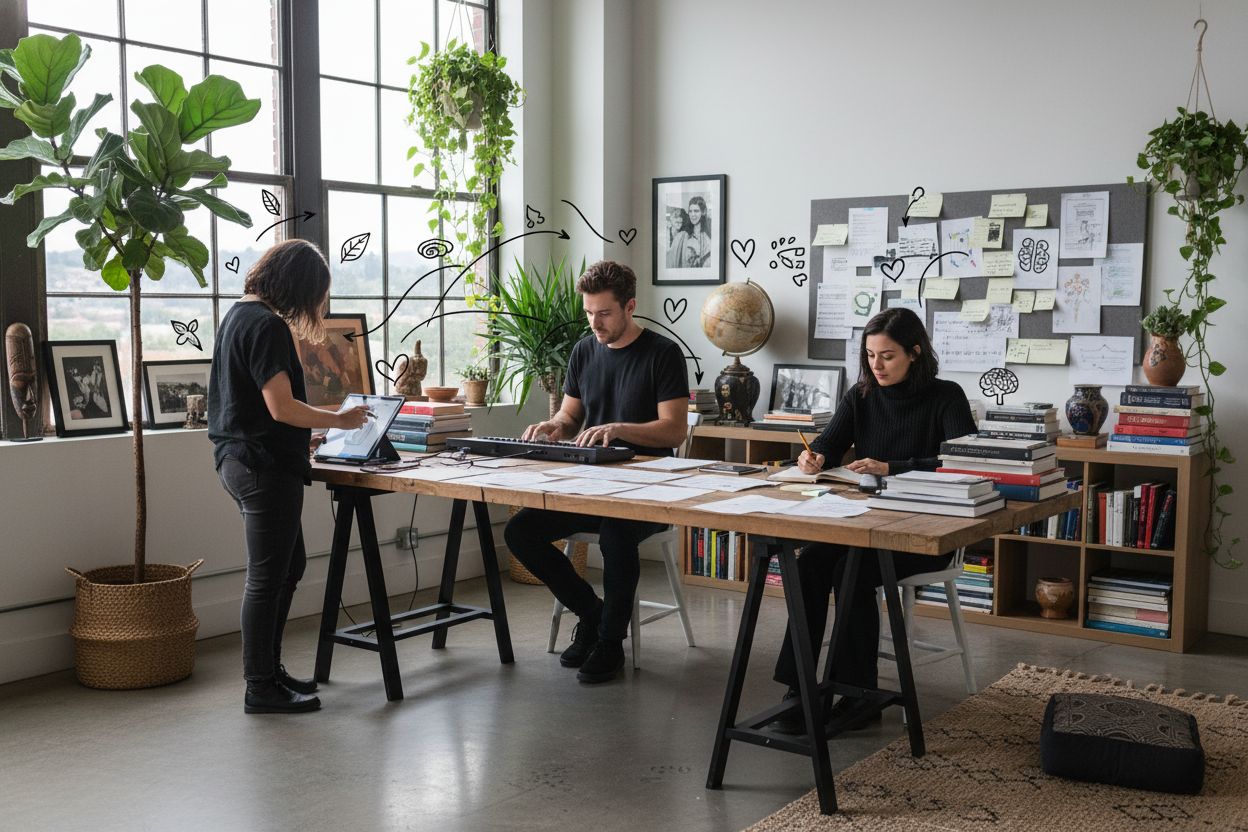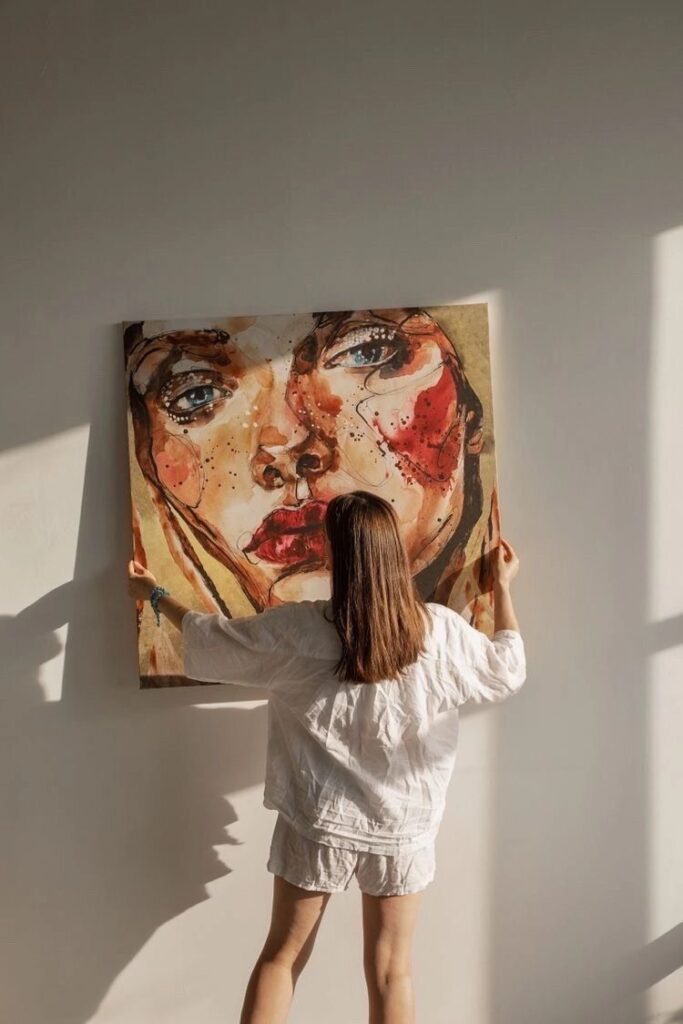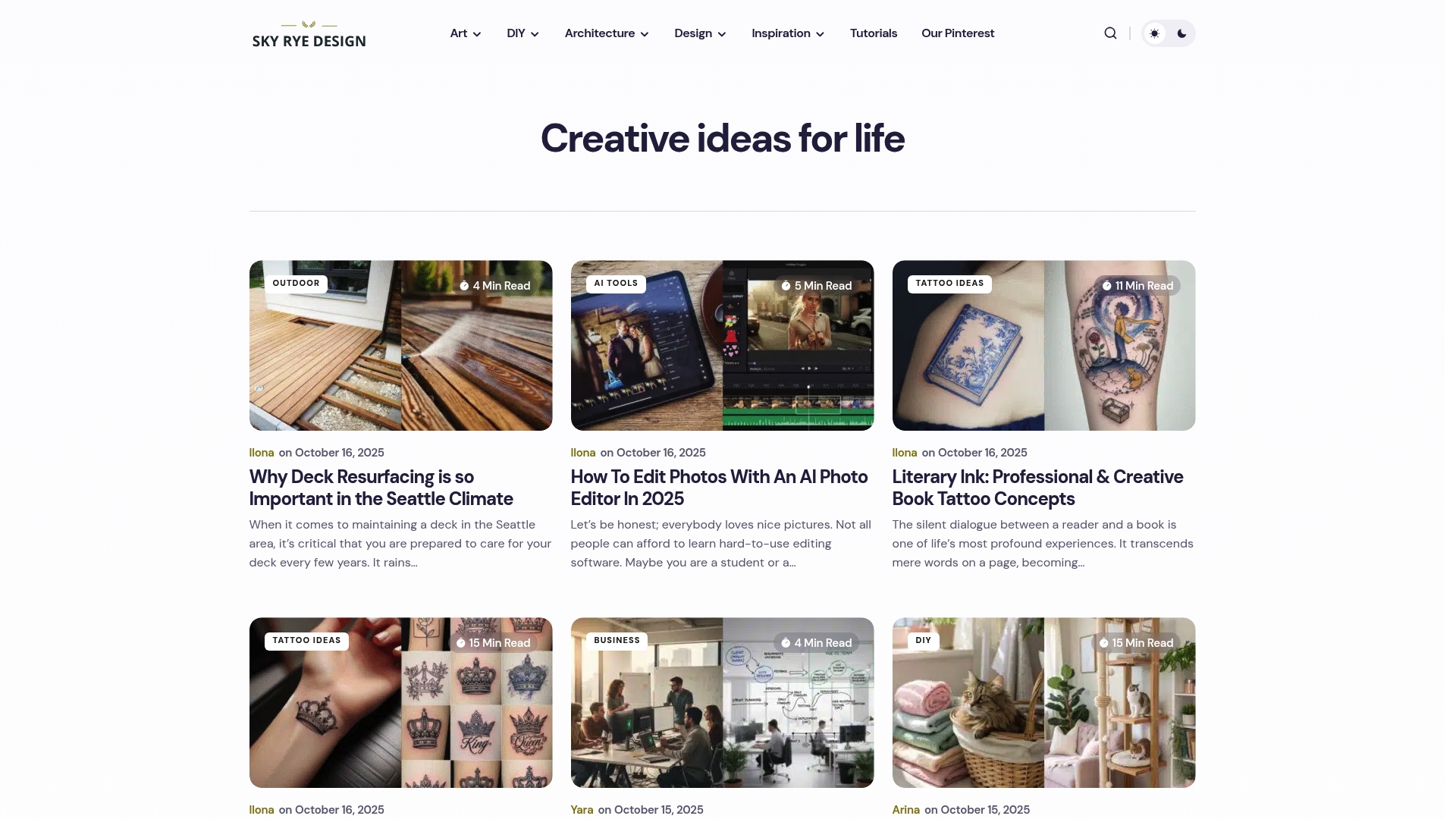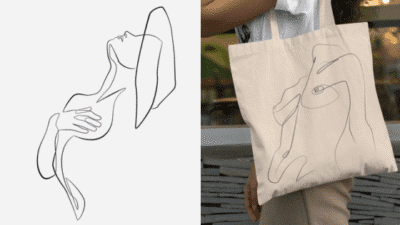Did you know that over 70 percent of artists report finding inspiration in everyday life rather than rare moments of genius? Creative sparks do not just appear out of thin air. Understanding how inspiration really works can help anyone harness new ideas and overcome stubborn creative slumps. With the right approach, you can turn ordinary moments into fuel for exceptional artistic expression.

Key Takeaways
| Point | Details |
|---|---|
| Understanding Inspiration | Artistic inspiration is a deliberate process that combines cognitive, emotional, and motivational elements, rather than a random occurrence. |
| Sources of Inspiration | Creativity can be fueled by diverse sources, including personal experiences, cultural contexts, and relationships, which artists can actively explore. |
| Overcoming Barriers | To enhance creativity, individuals should address barriers like perfectionism and emotional exhaustion by developing adaptive mindsets and supportive routines. |
| Cultivating Skills | Inspiration can be cultivated through intentional practices such as journaling, changing environments, and interdisciplinary learning, allowing artists to continuously renew their creative energy. |
Table of Contents
- Defining Artistic Inspiration And Common Myths
- Types And Sources Of Artistic Inspiration
- How Artistic Inspiration Influences Creativity
- Barriers To Inspiration And How To Overcome Them
- Practical Tips To Cultivate Artistic Inspiration
Defining Artistic Inspiration and Common Myths
Artistic inspiration is a profound psychological experience that transforms raw creative potential into tangible artistic expression. According to research from the National Center for Biotechnology Information, inspiration represents an integrative mental function that connects cognitive, emotional, and motivational processes, enabling individuals to extend their capabilities and generate novel ideas.
Contrary to popular belief, inspiration isn’t a mystical lightning bolt that suddenly strikes unprepared creators. It’s a dynamic process involving deliberate engagement, openness to experiences, and active mental participation. The myths surrounding inspiration often portray it as something passive or random, when in reality, it’s a complex interaction between personal experiences, existing knowledge, and creative momentum.
Key characteristics of artistic inspiration include:
- A sense of elevated possibility and potential
- Emotional resonance with emerging ideas
- Intrinsic motivation to transform concepts into reality
- Temporary expansion of perceived creative boundaries
Understanding inspiration as a deliberate, cultivatable mental state demystifies creativity and empowers artists to actively shape their generative processes. By recognizing inspiration as a skill that can be developed rather than an unpredictable gift, creators can design environments, practices, and mindsets that consistently spark innovative thinking.
Types and Sources of Artistic Inspiration
Artistic inspiration emerges from a rich tapestry of personal experiences, cultural contexts, and environmental stimuli. According to research from Yale University, artists fundamentally derive their creative spark from their immediate culture and surrounding environment, transforming personal experiences and societal influences into powerful artistic expressions.
The sources of artistic inspiration can be broadly categorized into several distinctive types:
- Personal Experiences: Memories, emotions, and life events that shape individual perspectives
- Cultural Influences: Traditions, social dynamics, historical narratives, and collective storytelling
- Natural World: Landscapes, environmental patterns, organic forms, and ecological interactions
- Human Relationships: Interpersonal connections, emotional dynamics, social interactions
- Internal Psychological States: Dreams, subconscious thoughts, emotional landscapes
Each source represents a unique channel through which creative energy can flow, demonstrating that inspiration is not a singular, monolithic concept but a complex, multifaceted phenomenon.
Artists often blend these sources, creating intricate narratives that reflect their unique perceptual frameworks and imaginative capacities.
Here’s a summary of common sources of artistic inspiration and their unique characteristics:
| Source | Description | Example Triggers |
|---|---|---|
| Personal Experiences | Individual memories and emotions | Childhood events Major life changes |
| Cultural Influences | Shared traditions and histories | Folklore Music Rituals |
| Natural World | Nature and environmental elements | Landscapes Weather Animals |
| Human Relationships | Interpersonal interactions and connections | Family Friendships Conflict |
| Internal Psychological States | Dreams, thoughts, and subconscious feelings | Nightmares Daydreams Instincts |
Interestingly, inspiration is not just about passive reception but active engagement. Creative individuals learn to cultivate sensitivity to these diverse sources, developing a heightened awareness that transforms ordinary experiences into extraordinary artistic potential. By remaining open, curious, and reflective, artists can continuously discover new wells of inspiration in the seemingly mundane aspects of everyday life.

How Artistic Inspiration Influences Creativity
Artistic inspiration is a powerful catalyst that transforms creative potential into tangible artistic expression. According to research published in the National Center for Biotechnology Information, inspiration plays a crucial role in motivating individuals to convert abstract ideas into concrete realities, significantly enhancing creative output and expanding artistic capabilities.
The influence of artistic inspiration on creativity manifests through several key mechanisms:
- Emotional Activation: Triggering deep emotional responses that unlock creative potential
- Cognitive Expansion: Broadening mental frameworks and perceptual boundaries
- Motivational Momentum: Generating intrinsic drive to explore and experiment
- Imaginative Synthesis: Connecting seemingly unrelated concepts and experiences
Research suggests that emotional inspiration facilitated through artistic experiences can profoundly integrate cognitive and emotional functions. This integration creates a unique mental state where creativity flows more naturally, breaking through traditional cognitive limitations and enabling artists to explore innovative pathways of expression.
Moreover, artistic inspiration acts as a transformative force that goes beyond mere technical skill. It represents a dynamic interaction between an artist’s internal landscape and external stimuli, allowing for the continuous evolution of creative capabilities. By remaining receptive to inspiration’s subtle nuances, artists can continuously reinvent their approach, turning ordinary experiences into extraordinary artistic narratives.
Barriers to Inspiration and How to Overcome Them


Creative blocks represent significant challenges in artistic development, presenting complex psychological obstacles that can stifle inspiration. According to research from the National Center for Biotechnology Information, understanding these barriers requires acknowledging the ambiguity surrounding inspiration’s definition and the diverse cognitive styles that influence creative processes.
Common barriers to artistic inspiration include:
- Fear of Imperfection: Paralyzing self-criticism that prevents creative exploration
- Emotional Exhaustion: Mental fatigue that diminishes creative energy
- Limited Exposure: Restricted experiences that narrow imaginative potential
- Perfectionist Tendencies: Rigid thinking that constrains creative flexibility
- Comparison Syndrome: Unhealthy comparisons with other artists’ achievements
Strategies for overcoming these barriers involve developing a flexible mindset and creating supportive creative environments. Research suggests that achieving a balance between inspiration and proficiency requires personalized motivational approaches that accommodate individual cognitive styles. This means recognizing that inspiration is not a one-size-fits-all experience, but a deeply personal journey that demands patience, self-compassion, and deliberate practice.
Ultimately, breaking through inspiration barriers requires a holistic approach. Artists must cultivate self-awareness, create supportive routines, embrace vulnerability, and view creative challenges as opportunities for growth. By understanding that inspiration is a skill to be nurtured rather than a mysterious force, creators can develop resilience and consistently tap into their creative potential.
Practical Tips to Cultivate Artistic Inspiration
Artistic inspiration is not a mysterious gift but a skill that can be deliberately cultivated through intentional practices and mindful approaches. According to research from Yale University, artists can significantly enhance their creative potential by drawing inspiration from their culture, environment, and personal experiences.
Practical strategies to nurture artistic inspiration include:
- Keep a Creative Journal: Document random thoughts, observations, and emotional experiences
- Explore Diverse Environments: Regularly change your physical surroundings to stimulate new perspectives
- Practice Active Observation: Develop a habit of noticing subtle details in everyday life
- Embrace Interdisciplinary Learning: Study different art forms, sciences, and disciplines
- Create Personal Rituals: Establish consistent creative routines that signal your brain to enter an inspired state
Designing a supportive creative ecosystem is crucial for maintaining artistic inspiration. This involves creating physical spaces that encourage exploration, minimizing distractions, and surrounding yourself with stimulating visual and auditory experiences. Artists who intentionally design their environments and daily practices can transform inspiration from a sporadic occurrence into a consistent, renewable resource.
Ultimately, cultivating artistic inspiration requires patience, curiosity, and a willingness to experiment. By treating inspiration as a skill to be developed rather than a spontaneous event, creators can build resilience, expand their creative boundaries, and unlock their unique artistic potential. The key is continuous engagement, self-compassion, and a playful approach to creative discovery.
Turn Artistic Inspiration Into Real-World Creativity With Skyrye Design
Do you feel stuck searching for inspiration or unsure how to move from fleeting creative sparks to meaningful projects? Many readers struggle with overcoming creative blocks, cultivating consistent motivation, or translating inspiration from daily life into tangible art or design. This guide revealed that inspiration is not random, but a skill that can be developed through intentional environments, personal rituals, and exposure to new experiences. If this resonates with your journey, Skyrye Design is here to help you transform insight into action.

Step beyond theory and discover how to build habits, find fresh ideas, and engage with a community devoted to creativity. Browse Skyrye Design’s tutorials and inspiration articles to explore practical tips, curated resources, and expert advice tailored for makers, artists, and dreamers. Do not let creative barriers hold you back. Visit Skyrye Design now and connect with daily guidance designed to spark your next breakthrough project.
Frequently Asked Questions
What is artistic inspiration?
Artistic inspiration is a psychological experience that transforms creative potential into artistic expression. It involves a dynamic process that connects cognitive, emotional, and motivational processes, allowing individuals to generate new ideas and express them creatively.
What are the common sources of artistic inspiration?
Common sources of artistic inspiration include personal experiences, cultural influences, the natural world, human relationships, and internal psychological states. Each source offers unique emotional and cognitive triggers that can lead to creative expression.
How does artistic inspiration influence creativity?
Artistic inspiration enhances creativity by triggering emotional responses, broadening mental frameworks, generating intrinsic motivation, and facilitating the connection of seemingly unrelated concepts. This dynamic interaction allows artists to explore innovative pathways in their work.
What are some practical tips to cultivate artistic inspiration?
To cultivate artistic inspiration, keep a creative journal, explore diverse environments, practice active observation, engage in interdisciplinary learning, and create personal rituals that signal your brain to enter an inspired state.
- 0shares
- Facebook0
- Pinterest0
- Twitter0


